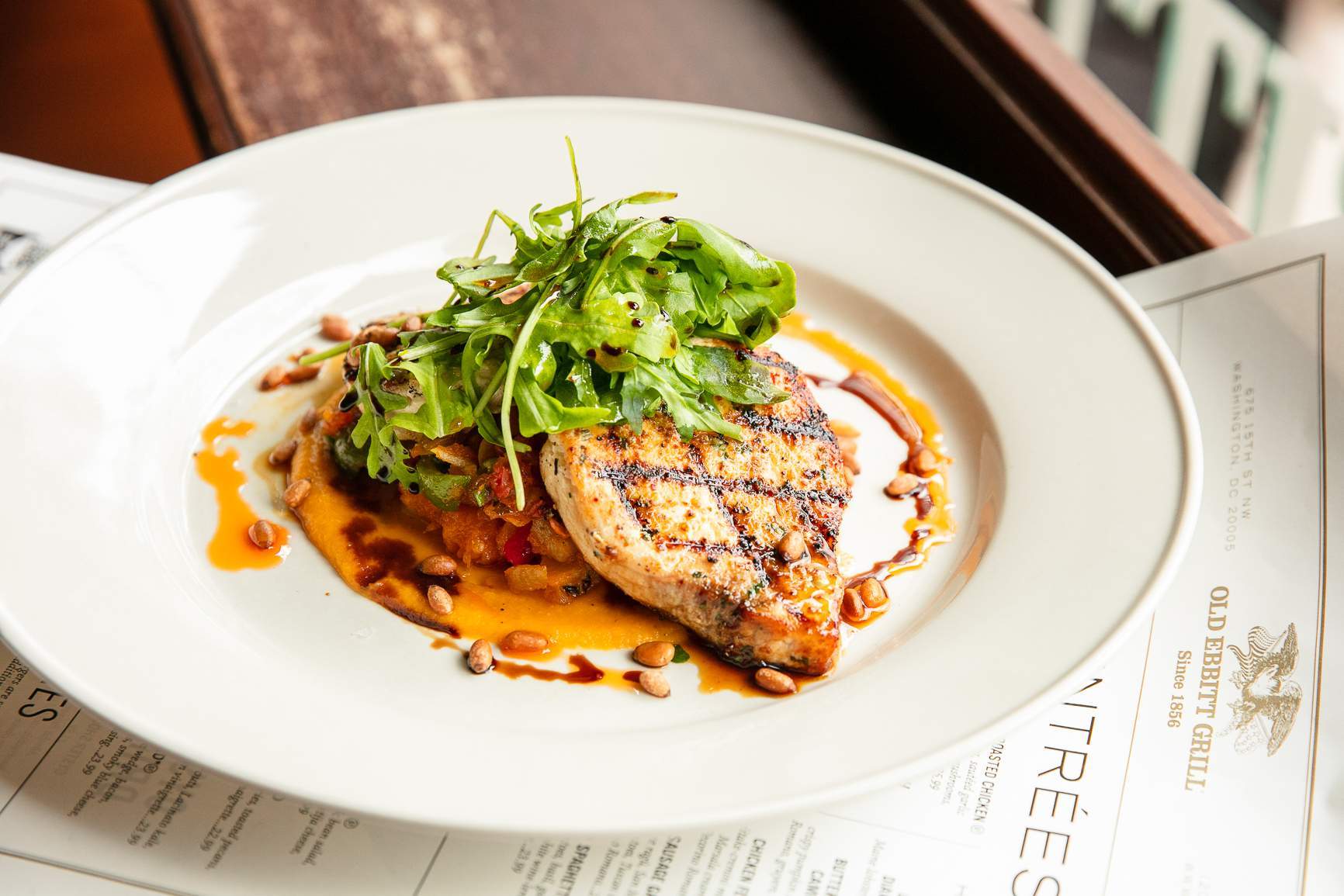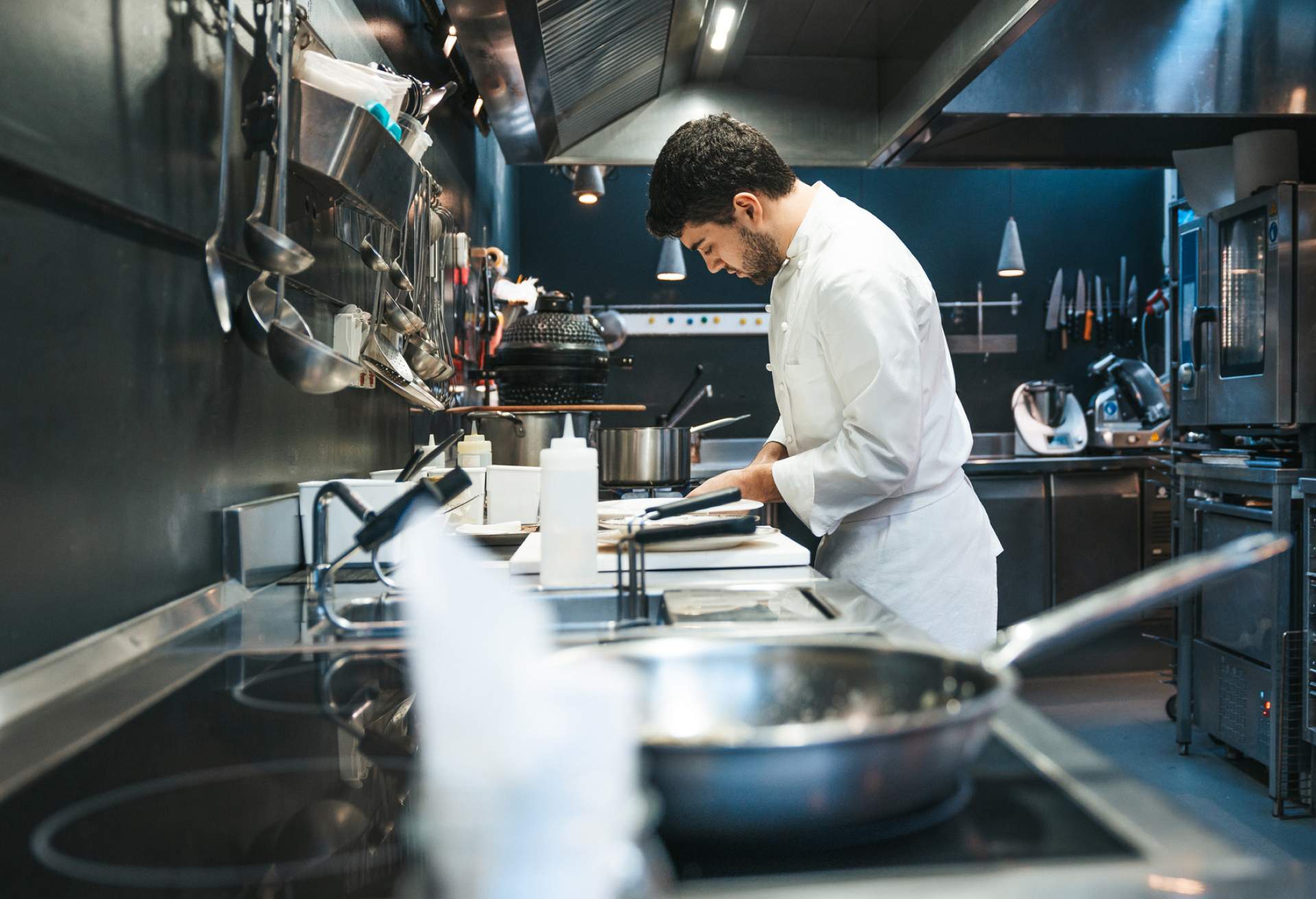No one knows better than hospitality pros that restaurants give cities and towns their local flavor. OpenTable wants diners to appreciate this, too. That’s why we tapped local experts in 17+ cities across North America to write up their authoritative and opinionated guides to the restaurants that infuse their hometowns with a vibrant sense of place. We call the collection “The Greats.”
Taken together, these guides can provide deep insights for owners about what restaurants need to do to thrive, evolve, and stay relevant in turbulent times. Check out the highlights below for a taste of what “The Greats” series has to offer, and then bookmark this page for a deep dive when you have time to read them all—or anytime you need a shot of inspiration.
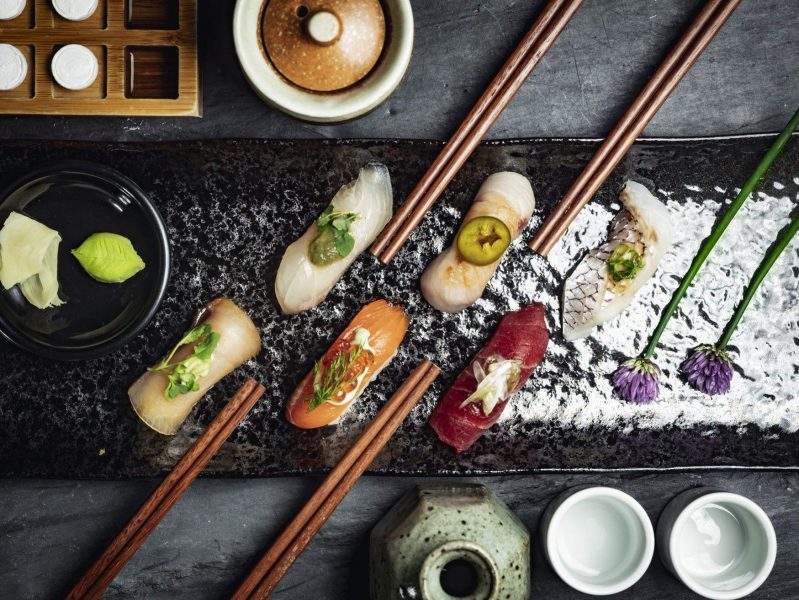
Uni (Boston)
When co-owner Tony Messina left the Uni kitchen after nine years in 2021, his business partner and fellow chef Ken Oringer knew he needed a powerhouse to fill some big shoes at this sleek Japanese-style izakaya. Enter executive chef David “Baz” Bazirgan, who is best known for Mediterranean spins on bistro fare. That means diners can expect some surprises on the omakase and a la carte menus—such as charcoal-grilled shrimp with black garlic tzatziki and a honeycrisp apple salad with labne—in addition to creative spins on sashimi such as scallops with bergamot. Bazirgan, no stranger to the cocktail scene (courtesy of previous stints at beloved bars such as Dirty Habit in San Francisco and Bambara in nearby Cambridge), ensures the drinks pair well with the food. Uni is the place to be for Japanese whisky enthusiasts or sake lovers in Boston.
—Carley Thornell-Wade
Providence (Los Angeles)
Chef Michael Cimarusti’s deft touch with seafood and partner Donato Poto’s legendary front-of-house presence have made Providence one of Los Angeles’s preeminent fine dining restaurants for more than 18 years, racking up almost every award along the way—including two MICHELIN stars. Looking over the $250 tasting menu, it’s easy to see why: Dishes such as the troll-caught Alaskan king salmon served with romanesco and steelhead roe are sustainably sourced and gracefully couriered through the sea-toned dining room by expert staff, giving the whole experience an overtone of luxury befitting of the price tag.
—Lisa Kwon
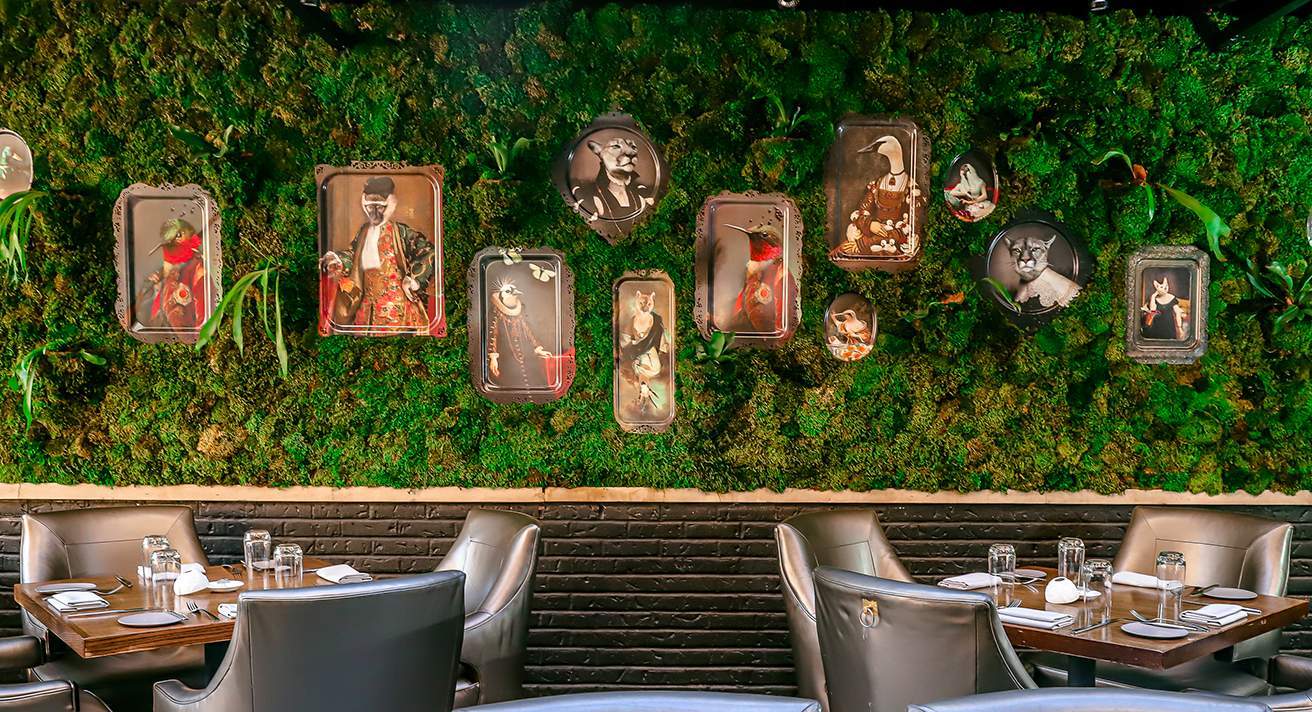
Boka (Chicago)
Boka’s approachable, seasonally driven New American menu scored the restaurant a MICHELIN star, three stars from The Chicago Tribune, and James Beard Awards nominations, solidifying it as one of Chicago’s most exciting restaurants. Renowned chef Lee Wolen has a knack for taking seemingly simple preparations and adding depth, texture, and an unexpected flavor or two. For instance, foie gras toast is served with cranberry, cinnamon, and satsuma, while Wolen’s signature roasted chicken gets the gourmet treatment with Jerusalem artichoke, maitake, and sherry. These dishes are served in Boka’s beautifully designed dining rooms, each of which feels like its own little world with living green walls and oversized circular banquettes.
—Kristine Hansen
Michael’s Genuine Food & Drink (Miami)
Michael’s Genuine Food & Drink has been a Miami staple since it was one of the first restaurants to open in the Design District in 2007. James Beard Award-winning chef/owner Michael Schwartz is known for his fresh takes on classic fare using local ingredients and a comfort food approach. Most dishes pass through the signature wood oven, such as the pan-roasted half chicken served with red onion, potato, and red chimichurri. When you’re looking for a standout group meal, check out the chef-chosen family-style menu available on OpenTable Experiences. A stunning renovation in 2021 only reinforced this spot’s go-to status.
—Amber Love Bond
Original Roy’s, Hawaii Kai (Honolulu)
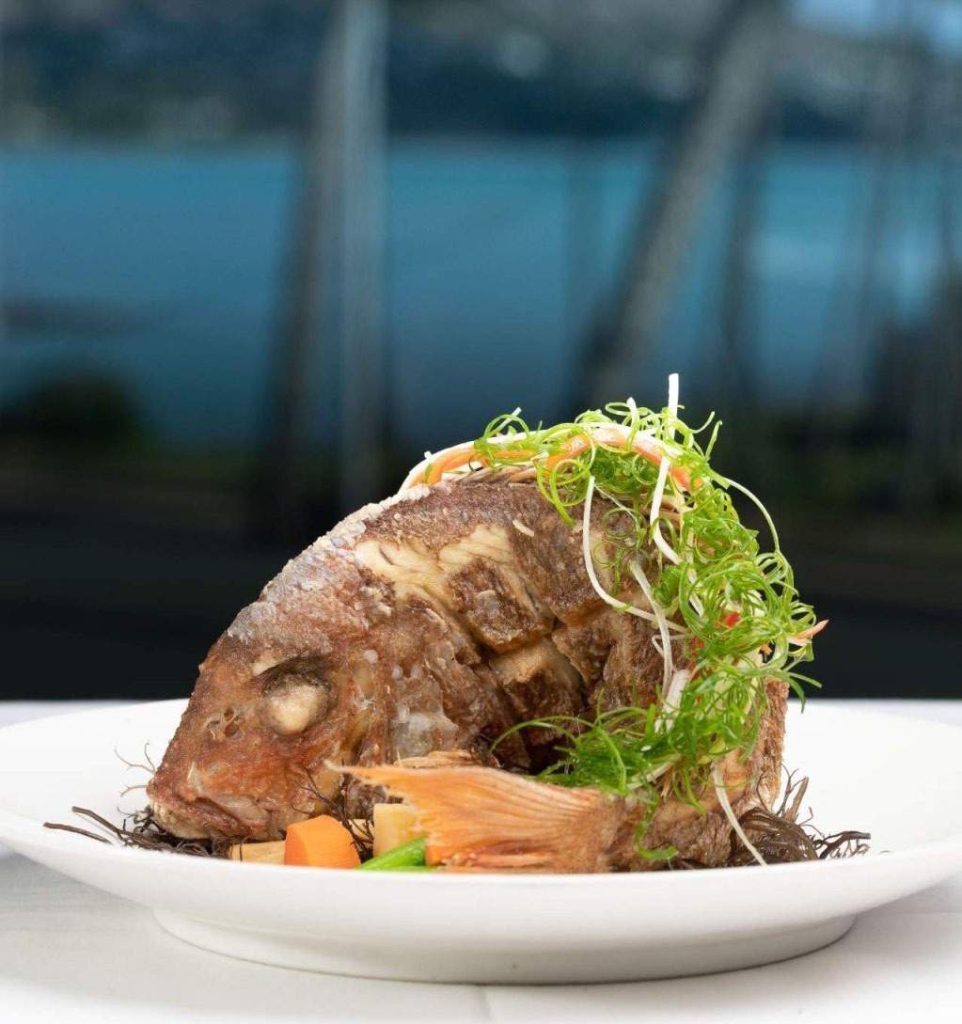
Today, you’ll find Roy’s Hawaiian fusion restaurants sprawled across the mainland in California, Arizona, and Florida. But it all began in this original breezy dining room in Hawaiʻi Kai. As one of the founding members of the Hawaiʻi Regional Cuisine movement in the early 1990s, chef Roy Yamaguchi celebrates the melting pot of cultures in Hawaiʻi, mixing Hawaiian, Japanese, Chinese, Portuguese, and Filipino flavors, among others. The results include blackened ahi and crispy whole tai snapper, which you can still order today.
—Noelle Chun
Antoine’s (New Orleans)
A New Orleans culinary stalwart since 1840, the shadow that Antoine’s casts in the Crescent City can’t be overestimated. As the oldest continuously operating restaurant in America, Antoine’s is still run by its founding family. Antoine Alciatore, the restaurant’s namesake, is considered the father of Creole cooking, and his restaurant was where oysters Rockefeller first sizzled. Don’t miss the salty crunch of its trademark souffle potatoes at the restaurant or at its Hermes bar. Go on weekends for a swinging jazz brunch.
—Beth D’Addono
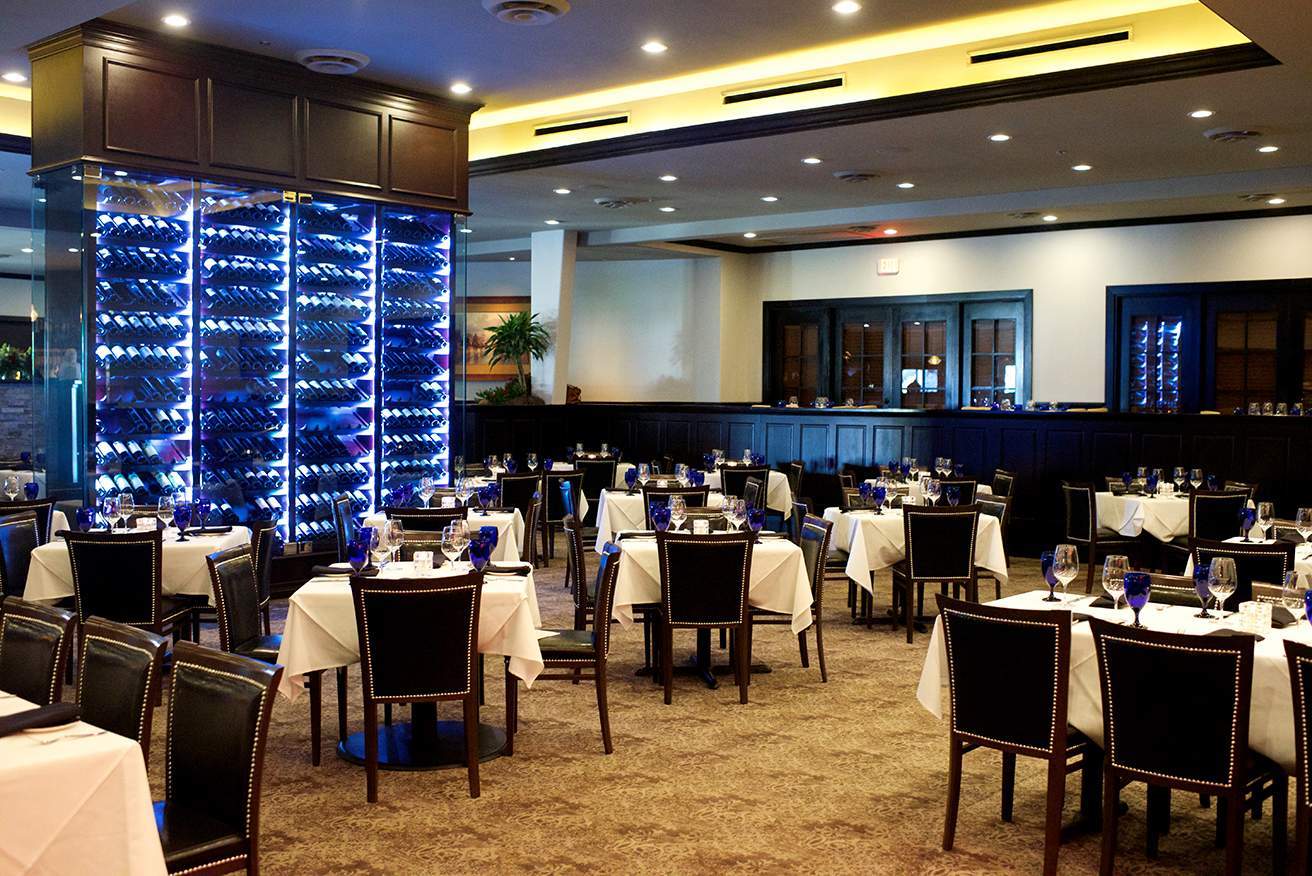
Killen’s Steakhouse (Houston)
In a city that takes its steak very seriously, rising to the top of the pack—especially as a family-owned operation—is a serious feat. But that’s exactly what executive chef Ronnie Killen did. Hand-cut steaks, which include hard-to-find Japanese wagyu options, plus a focus on fresh ingredients and some of the city’s most decadent desserts such as crème brûleé bread pudding, have garnered many nationwide accolades, including honors as a top steakhouse in Travel + Leisure.
—Lauren McDowell
Grand Central Oyster Bar (New York)
There are few restaurants more iconic than Grand Central Oyster Bar in New York’s equally iconic Grand Central Station, sharing the building’s glorious scale and dramatic vaulted tile ceiling. With U-shaped lunch counters spanning end to end in part of the room and red-checked tablecloths covering wooden tables in the dining room, the place feels like it did when it opened in 1913. And while the clientele might dress differently now, all come for the reasons people have for a century: a quick bowl of chowder before exploring the city, or a dozen oysters and a cocktail before catching a train home.
—Ameena Walker
Zuni Cafe (San Francisco)
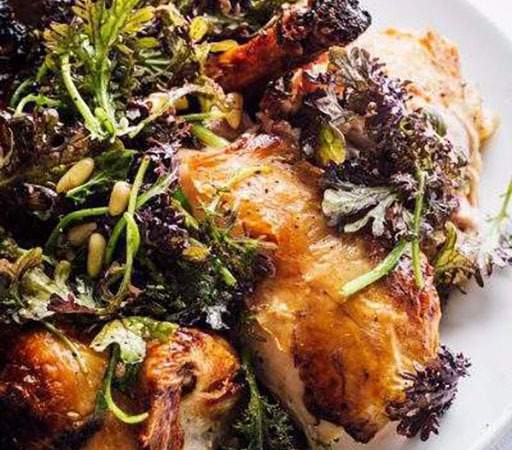
Zuni Cafe is one of those indelible classic San Francisco establishments that has showcased excellence over several decades. Known far and wide for its craveable hamburger, homey polenta, and roast chicken with warm bread salad for two, Zuni has consistently loomed large at the James Beard Awards, scoring its first in 2000 for the late Judy Rogers as Best Chef: West, Outstanding Restaurant in 2003, and for its service in 2018. Dining at this corner-shaped, elegant American restaurant is a true San Franciscan treat.
—Becky Duffett
Old Ebbitt Grill (Washington DC)
Having operated since 1856 (albeit in different locations), D.C.’s oldest saloon is the restaurant equivalent of Forrest Gump—a presence that has consistently butted up against American history, hosting figures such as Presidents Ulysses S. Grant and Theodore Roosevelt. Despite its age, the Old Ebbitt Grill maintains its popularity as a place “for everyone and every time,” as its director of operations once described to The Washington Post. Tourists and bureaucrats fill the Victorian-style dining room to enjoy a large menu of American classics. But the restaurant is especially known for its seafood, particularly its oysters. Settle into a wood-paneled booth for a dozen freshly shucked bivalves, some crab cakes, and a crisp glass of wine, and contemplate the historical figures who might have done the same.
—Christabel Lobo

